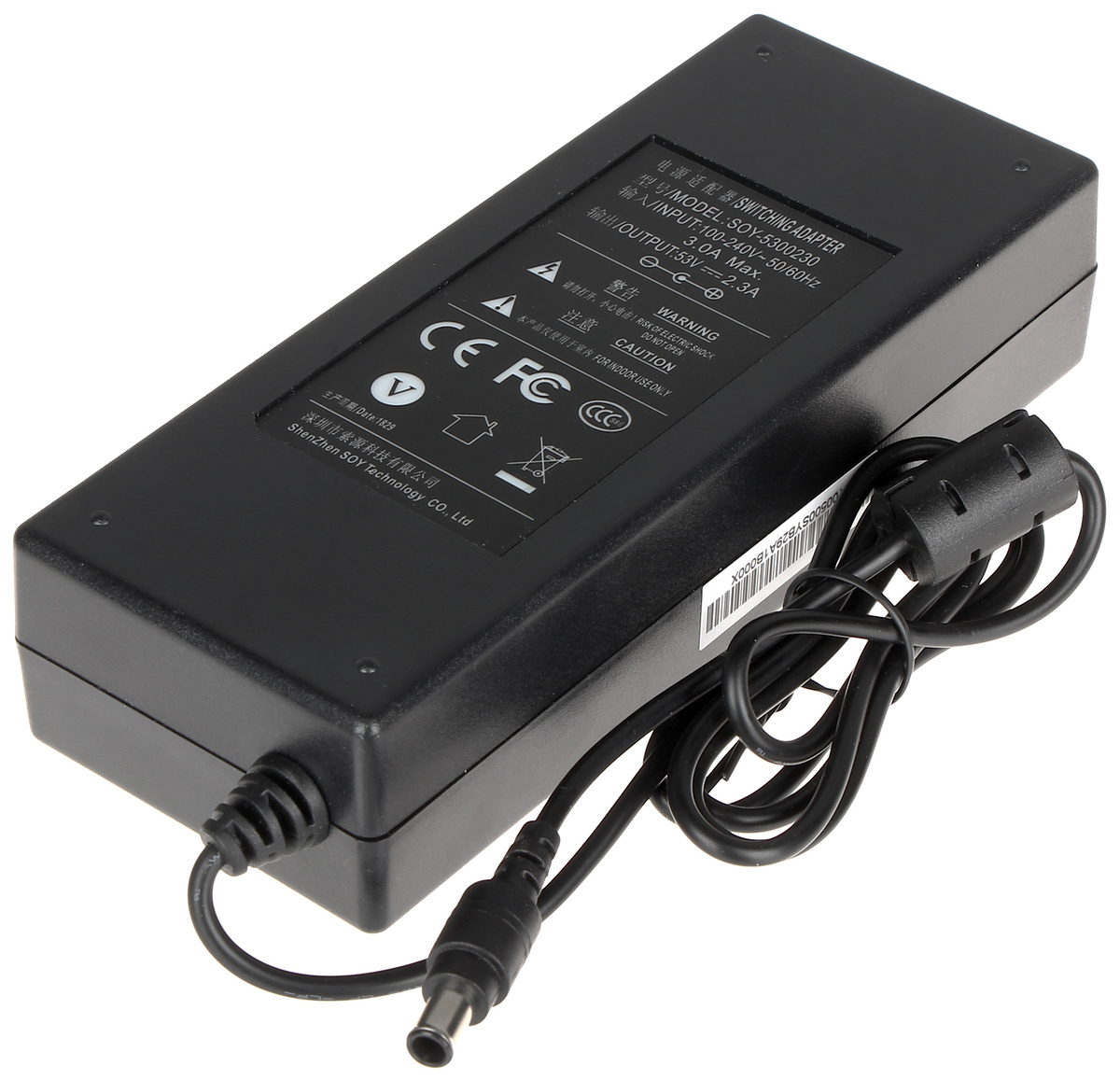

Articles
What Is A Switching Adapter
Modified: May 6, 2024
Looking for informative articles on what a switching adapter is? Find all the answers and insights you need in our comprehensive collection of articles.
(Many of the links in this article redirect to a specific reviewed product. Your purchase of these products through affiliate links helps to generate commission for Storables.com, at no extra cost. Learn more)
Introduction
In today’s technologically advanced world, electronic devices have become an integral part of our daily lives. From smartphones and laptops to household appliances and industrial machinery, the demand for efficient and reliable power supply is paramount. This is where switching adapters come into play.
A switching adapter, also known as a switching power supply or switching power adapter, is a type of power supply device used to convert and regulate electrical energy from one voltage level to another. It is widely employed in various electronic devices, providing them with the necessary power to function optimally.
In this article, we will delve deeper into the world of switching adapters, exploring their components, functionality, advantages, applications, and potential considerations when choosing one for your specific needs.
So, let’s embark on this educational journey to unravel the mysteries of switching adapters and gain a better understanding of their importance in our modern technological landscape.
Key Takeaways:
- Switching adapters are essential for converting and regulating electrical energy, providing efficient and reliable power supply to a wide range of electronic devices and systems in our modern technological landscape.
- When choosing a switching adapter, consider factors such as input and output voltage requirements, power rating, efficiency, size, and protection features to ensure compatibility and optimal performance for your specific needs.
Read more: How To Plug Gamecube Adapter Into Switch
Definition of a Switching Adapter
A switching adapter is a type of power supply device that utilizes a technique called “switching” to convert and deliver electrical energy from an input source to an output load. Unlike linear power supplies that use a linear regulator to step down voltage, switching adapters employ a switching regulator that operates based on the principles of pulse-width modulation (PWM).
The primary function of a switching adapter is to transform incoming AC (alternating current) or DC (direct current) power into the appropriate voltage levels required by the electronic device it powers. It achieves this by rapidly switching the input voltage on and off at a high frequency, typically in the range of tens or hundreds of kilohertz.
The switching adapter consists of several key components, including:
- Input Power Connector: The input power connector is the interface through which the switching adapter is connected to the main power source.
- Rectifier: The rectifier converts the AC power from the input source into DC power.
- Filter: The filter removes any unwanted noise or high-frequency components from the rectified output, ensuring a clean and stable DC voltage.
- Switching Semiconductor: The switching semiconductor, typically a power MOSFET, functions as a switch that controls the flow of electrical current.
- Transformer: The transformer helps step up or step down the voltage as required by the device being powered.
- Rectifiers and Filters: Additional rectifiers and filters are employed to further refine the output voltage and eliminate any remaining noise.
- Output Stage: The output stage provides the regulated DC voltage to the device being powered.
By efficiently converting and regulating the electrical energy, switching adapters enable electronic devices to operate reliably and safely, ensuring the longevity and performance of the devices.
Components of a Switching Adapter
A switching adapter consists of several essential components that work together to convert and regulate electrical energy efficiently. Understanding these components is crucial in comprehending the inner workings of a switching adapter. Let’s take a closer look at each of them:
- Input Power Connector: The input power connector serves as the interface between the switching adapter and the external power source. It allows for the connection of an AC or DC power supply.
- Rectifier: The rectifier is responsible for converting the incoming AC power into DC power. It ensures that the electricity flows in one direction, removing any negative voltage fluctuations.
- Filter: The filter is used to smooth out the rectified DC signal, removing any remaining AC ripple and noise. This results in a clean and steady DC voltage output.
- Switching Semiconductor: The switching semiconductor, usually a power MOSFET (Metal-Oxide-Semiconductor Field-Effect Transistor), acts as a switch in the switching adapter. It controls the flow of electrical current by rapidly switching on and off at a high frequency.
- Transformer: The transformer plays a crucial role in voltage conversion. It steps up or steps down the voltage level to match the requirements of the electronic device being powered by the switching adapter.
- Rectifiers and Filters: Additional rectifiers and filters may be employed after the transformer to further refine the voltage and eliminate any remaining noise or interference.
- Control Circuitry: The control circuitry is responsible for monitoring and regulating the output voltage of the switching adapter. It ensures that the voltage remains within the specified range, providing a stable power supply to the connected device.
- Output Stage: The output stage of the switching adapter delivers the regulated DC voltage to the electronic device. It may include additional filters and protection circuits to ensure the safety and reliability of the power supply.
Each component of a switching adapter plays a crucial role in the conversion and regulation of electrical energy, ensuring a stable and efficient power supply to the connected electronic device.
How a Switching Adapter Works
A switching adapter operates on the principle of pulse-width modulation (PWM) to efficiently convert and regulate electrical energy. Let’s dive into the step-by-step process of how a switching adapter works:
- Input Power: The switching adapter is connected to an AC or DC power source through the input power connector.
- Rectification: If the input power is AC, a rectifier converts the AC power into DC power. This process ensures that the current flows in a single direction.
- Filtering: The filtered DC power is fed into the switching semiconductor, typically a power MOSFET.
- Switching Action: The switching semiconductor rapidly switches the input voltage on and off at a high frequency, typically tens or hundreds of kilohertz.
- Transformer: The transformer is used to step up or step down the voltage to the desired level based on the requirements of the electronic device being powered.
- Rectification and Filtering: Additional rectifiers and filters are employed after the transformer to further refine the voltage output and eliminate any remaining noise or interference.
- Control Circuitry: The control circuitry continuously monitors the output voltage and adjusts the switching action to maintain a stable output within the defined range. This ensures a consistent and reliable power supply to the connected device.
- Output Stage: The regulated DC voltage is delivered to the output stage, which provides the power supply to the electronic device being powered by the switching adapter.
By rapidly switching the input voltage on and off, a switching adapter reduces power loss compared to traditional linear power supplies. This efficiency makes switching adapters popular for various applications, including consumer electronics, industrial equipment, and telecommunications.
The control circuitry in a switching adapter is designed to adjust the duty cycle of the switching action based on the load requirements. This allows the switching adapter to provide the necessary power efficiently, regardless of fluctuations in the input voltage or changes in the load.
Overall, the switching adapter operates through a complex process of conversion, regulation, and control to ensure a stable and efficient power supply to electronic devices, making them an essential component in our technological landscape.
Advantages of Switching Adapters
Switching adapters offer several advantages over traditional linear power supplies. These advantages have contributed to their widespread use in various applications. Let’s explore the key benefits of using switching adapters:
- Efficiency: One of the significant advantages of switching adapters is their high efficiency. Unlike linear power supplies that dissipate excess energy as heat, switching adapters use a switching regulator. This allows them to convert and regulate electrical energy with minimal power loss, resulting in higher efficiency and reduced energy consumption.
- Compact and Lightweight: Switching adapters are typically more compact and lightweight compared to linear power supplies. Due to their high efficiency, they require smaller heat sinks and components, allowing for a more compact design. This makes them suitable for portable electronic devices and applications with space constraints.
- Wide Input Voltage Range: Switching adapters can operate over a wide range of input voltages, both AC and DC. This versatility makes them adaptable to different power sources and regions, allowing for global compatibility.
- Regulated Output Voltage: Switching adapters provide a precise and regulated output voltage. The control circuitry continuously monitors and adjusts the switching action to maintain a stable output, regardless of variations in the input voltage or changes in the load. This ensures a consistent and reliable power supply to the connected device.
- Improved Power Factor: Switching adapters have a better power factor compared to linear power supplies. A higher power factor reduces the reactive power demand, resulting in improved energy efficiency and reduced impact on the power grid.
- Wide Range of Applications: Switching adapters find applications in various industries, including consumer electronics, telecommunications, industrial automation, medical equipment, and more. Their flexibility, efficiency, and compactness make them suitable for a wide range of electronic devices and systems.
- Cost-Effective: While the initial cost of switching adapters may be slightly higher than linear power supplies, their long-term cost-effectiveness is evident. The higher efficiency leads to energy savings, reduced heat dissipation, and longer lifespan, resulting in lower operating costs.
Overall, the advantages of switching adapters make them a preferred choice for many applications. Their efficiency, compactness, regulated output, versatility, and cost-effectiveness have revolutionized the power supply industry, ensuring reliable and sustainable energy solutions for our modern world.
When choosing a switching adapter, make sure to check the input and output voltage and current ratings to ensure compatibility with your device. It’s also important to consider the adapter’s efficiency and safety certifications.
Read more: What Is An Adapter
Applications of Switching Adapters
Switching adapters are widely used in a variety of applications, catering to different industries and sectors. The versatility and efficiency of switching adapters make them suitable for various electronic devices and systems. Let’s explore some of the common applications where switching adapters are employed:
- Consumer Electronics: Switching adapters are extensively used in consumer electronics such as smartphones, tablets, laptops, gaming consoles, and audio devices. The compact size and high efficiency of switching adapters make them ideal for portable devices, ensuring a reliable and efficient power supply.
- Telecommunications: In the telecommunications industry, switching adapters are used in routers, modems, set-top boxes, and telephone systems. The regulated output, wide input voltage range, and compact design of switching adapters make them well-suited for telecommunications equipment.
- Industrial Automation: Switching adapters are found in various industrial automation applications, including programmable logic controllers (PLCs), robotics, process control systems, and machine tools. Their efficiency, wide input voltage range, and compactness make them suitable for powering industrial equipment.
- Medical Equipment: Switching adapters are used in medical devices such as patient monitors, diagnostic equipment, and medical imaging systems. The regulated output voltage and high efficiency of switching adapters ensure a stable and reliable power supply for critical medical applications.
- Renewable Energy Systems: Switching adapters play a crucial role in renewable energy systems, including solar power systems and wind turbines. They are used to convert and regulate the DC energy generated by these systems into usable AC or DC power for residential, commercial, or industrial applications.
- Automotive Electronics: Switching adapters are utilized in automotive electronics, including infotainment systems, GPS navigation devices, and charging stations for electric vehicles. Their efficiency and compact design make them suitable for the limited space available in vehicles.
- LED Lighting: Switching adapters are used in LED lighting applications to convert the AC power supply into the appropriate DC voltage required for LED lights. Their efficiency and ability to regulate the output voltage ensure optimal performance and longevity of LED lighting systems.
These are just a few examples of the many applications where switching adapters are utilized. Their versatility, efficiency, and compactness make them an essential component in modern electronic systems, ensuring a reliable and efficient power supply in various industries.
Common Types of Switching Adapters
Switching adapters come in various configurations and types, each suited for specific applications and requirements. Let’s explore some of the commonly used types of switching adapters:
- AC-DC Switching Adapters: These types of switching adapters convert AC power from the main electrical supply into regulated DC power. They are widely used in consumer electronics, telecommunications, and industrial applications.
- DC-DC Switching Adapters: DC-DC switching adapters convert DC power from one voltage level to another. These types of adapters are frequently used in automotive electronics, renewable energy systems, and industrial automation, where a different voltage level is required for efficient operation.
- Isolated Switching Adapters: Isolated switching adapters have a transformer in their circuitry, providing electrical isolation between the input and output sides. These adapters are commonly used in medical equipment, industrial applications, and sensitive electronic devices where isolation is essential for safety and protection against electrical noise.
- Non-isolated Switching Adapters: Non-isolated switching adapters do not have electrical isolation between the input and output sides. They are often used in consumer electronics, LED lighting applications, and low-power devices where isolation is not a requirement.
- Buck Switching Adapters: Buck switching adapters, also known as step-down converters, step down the input voltage to a lower output voltage. These adapters are commonly used in portable electronic devices, such as smartphones and laptops, where a lower voltage is needed for efficient operation.
- Boost Switching Adapters: Boost switching adapters, also known as step-up converters, increase the input voltage to a higher output voltage. These adapters are commonly used in applications where the input voltage is lower than the required voltage for the electronic device, such as in battery-powered devices.
- Buck-Boost Switching Adapters: Buck-boost switching adapters can step the input voltage either up or down to maintain a desired output voltage. These adapters are used in applications where the input voltage can vary or when a wide range of output voltages is required.
- Multi-Output Switching Adapters: Multi-output switching adapters have multiple output channels, providing different voltage levels simultaneously. These adapters are commonly used in applications where multiple devices or subsystems require different voltage levels.
Each type of switching adapter has its unique characteristics and applications. The choice of the appropriate type depends on the specific voltage requirements, isolation considerations, efficiency needs, and other factors of the electronic device or system being powered.
It’s important to consult the specifications and guidelines provided by the manufacturer when selecting the most suitable type of switching adapter for a particular application.
Factors to Consider When Choosing a Switching Adapter
When selecting a switching adapter for your specific needs, several factors should be taken into consideration to ensure compatibility, efficiency, and reliability. Here are some key factors to consider when choosing a switching adapter:
- Input and Output Voltage Requirements: Determine the input voltage required by the switching adapter based on the available power source. Also, consider the required output voltage to ensure it matches the voltage specifications of the device being powered.
- Power Rating: Consider the power requirements of the device being powered and select a switching adapter with an appropriate power rating. Ensure that the adapter can supply enough wattage to meet the device’s demands without overloading or overheating.
- Efficiency: Look for switching adapters with high efficiency ratings to minimize energy loss and reduce operating costs. Higher efficiency translates to lower power consumption and less heat dissipation.
- Size and Form Factor: Consider the physical dimensions and form factor of the switching adapter, especially if space is limited. Compact and lightweight adapters are more suitable for portable devices or applications with space constraints.
- Operating Temperature Range: Check the specified operating temperature range of the switching adapter to ensure it can function effectively in the desired environment. Extreme temperatures can affect the performance and lifespan of the adapter.
- Protection Features: Look for switching adapters with built-in protection features such as overvoltage protection, overcurrent protection, and short circuit protection. These features help safeguard the connected device from potential electrical faults or damage.
- Reliability and Safety Certifications: Check for certifications such as UL (Underwriters Laboratories), CE (European Conformity), and FCC (Federal Communications Commission) to ensure that the switching adapter meets safety and quality standards.
- Compatibility: Ensure that the switching adapter is compatible with the specific device or system you intend to power. Consider factors such as connector type, voltage regulation, and any specific requirements outlined by the device manufacturer.
- Reputation and Manufacturer Support: Research the reputation of the switching adapter manufacturer and consider their reliability and customer support. Look for manufacturers with a proven track record and positive reviews from other customers.
- Cost: Compare prices of different switching adapters and consider the overall value they offer in terms of features, performance, and reliability. Strive for a balance between quality and cost-effectiveness.
By considering these factors, you can make an informed decision and choose the right switching adapter that meets your specific requirements, ensuring a stable and efficient power supply for your electronic devices or systems.
Potential Issues with Switching Adapters
While switching adapters offer numerous advantages, there are a few potential issues that users should be aware of. Understanding these issues can help in mitigating any challenges that may arise. Here are some potential issues to consider when using switching adapters:
- Electromagnetic Interference (EMI): Switching adapters typically operate at high frequencies, which can potentially generate electromagnetic interference. This interference can affect the performance of nearby sensitive electronic devices or cause radio frequency interference. Proper shielding and adherence to electromagnetic compatibility (EMC) standards can help minimize EMI-related issues.
- Heat Dissipation: Switching adapters can generate heat due to the switching action and power conversion process. Inadequate heat dissipation can lead to reduced efficiency, premature component failure, or even thermal damage to the switching adapter or connected devices. Proper ventilation and cooling measures, such as heat sinks or fans, should be considered to manage heat effectively.
- Voltage Ripple and Noise: Despite their filtering mechanisms, switching adapters can still introduce voltage ripple and high-frequency noise into the output voltage. In some cases, this can impact the performance or reliability of sensitive electronic devices. Adding additional filtering components or using higher-quality switching adapters with lower ripple and noise specifications can help mitigate these issues.
- Compatibility Challenges: Some electronic devices may have specific requirements or sensitivities to the power characteristics provided by switching adapters. It’s important to ensure compatibility between the switching adapter and the device being powered to avoid any compatibility issues, such as incorrect voltage levels or connector types.
- Component Lifespan: Components within the switching adapter, such as electrolytic capacitors or the switching semiconductor, may have a limited lifespan. Over time, they may degrade or fail due to operating conditions, including temperature, voltage stresses, or power cycling. Regular inspection and maintenance, as well as choosing reliable and high-quality switching adapters, can help prolong the lifespan and reliability of the components.
- Safety Concerns: While switching adapters are designed with safety features, such as overvoltage and overcurrent protection, malfunctions or inadequate protection measures can pose safety risks. It is important to adhere to safety guidelines, use properly certified adapters, and follow recommended operating conditions to minimize any safety concerns.
By being aware of these potential issues and taking appropriate measures, users can optimize the performance and reliability of switching adapters, ensuring a safe and efficient power supply for their electronic devices or systems.
Conclusion
Switching adapters play a vital role in our modern technological landscape, providing efficient and reliable power supply to a wide range of electronic devices and systems. Through their innovative design and advanced switching techniques, they offer several advantages over traditional linear power supplies.
In this article, we explored the definition of a switching adapter and the key components that make up its structure. We learned how a switching adapter works by employing pulse-width modulation (PWM) to convert and regulate electrical energy. We also discovered the numerous advantages of switching adapters, including their high efficiency, compact size, regulated output, and wide range of applications.
Furthermore, we discussed the common types of switching adapters, ranging from AC-DC and DC-DC converters to isolated and non-isolated models. Each type is tailored to specific needs and requirements, ensuring compatibility and optimal performance.
When choosing a switching adapter, it is crucial to consider factors such as input and output voltage requirements, power rating, efficiency, size, operating temperature range, and protection features. Adhering to safety guidelines and ensuring compatibility with the device being powered are also crucial considerations.
While switching adapters offer significant advantages, it is important to be aware of potential issues such as electromagnetic interference, heat dissipation, voltage ripple, and compatibility challenges. By addressing these challenges with proper mitigation strategies and maintenance, users can maximize the lifespan and reliability of their switching adapters.
In conclusion, switching adapters have revolutionized the power supply industry, providing efficient and reliable energy solutions for a wide array of electronic devices and systems. By understanding their functionality, considering the appropriate factors, and addressing potential issues, users can ensure a stable and efficient power supply, ultimately enhancing the performance and longevity of their electronic devices.
Now that you've got the scoop on switching adapters, why stop there? Your next read should be about how to select the perfect voltage converter for your hair dryer. Voltage converters can be life-savers, ensuring you get the best performance from your devices overseas. Learn which models stand out in the upcoming year and make sure you're equipped with the necessary knowledge to power up safely and effectively!
Frequently Asked Questions about What Is A Switching Adapter
Was this page helpful?
At Storables.com, we guarantee accurate and reliable information. Our content, validated by Expert Board Contributors, is crafted following stringent Editorial Policies. We're committed to providing you with well-researched, expert-backed insights for all your informational needs.


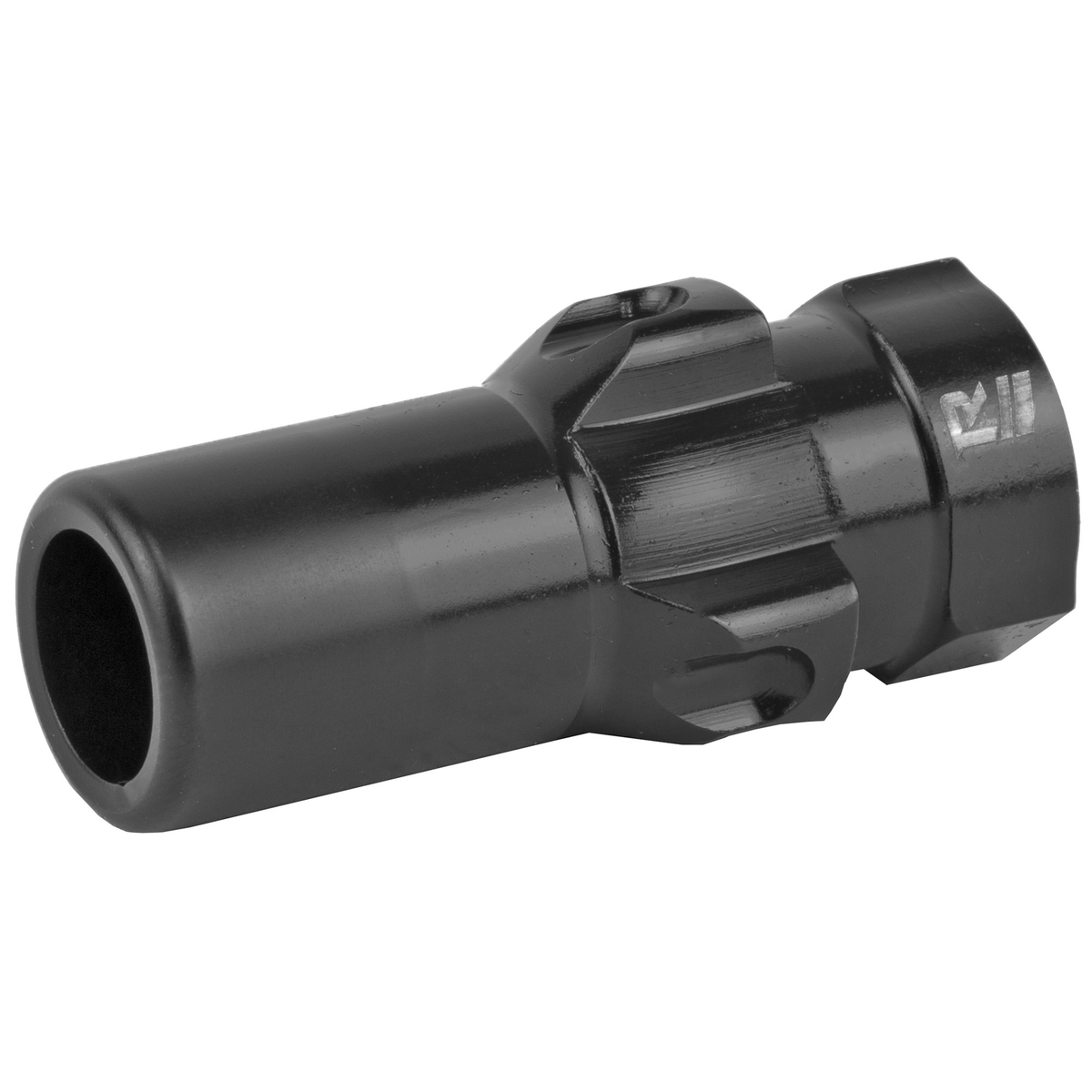

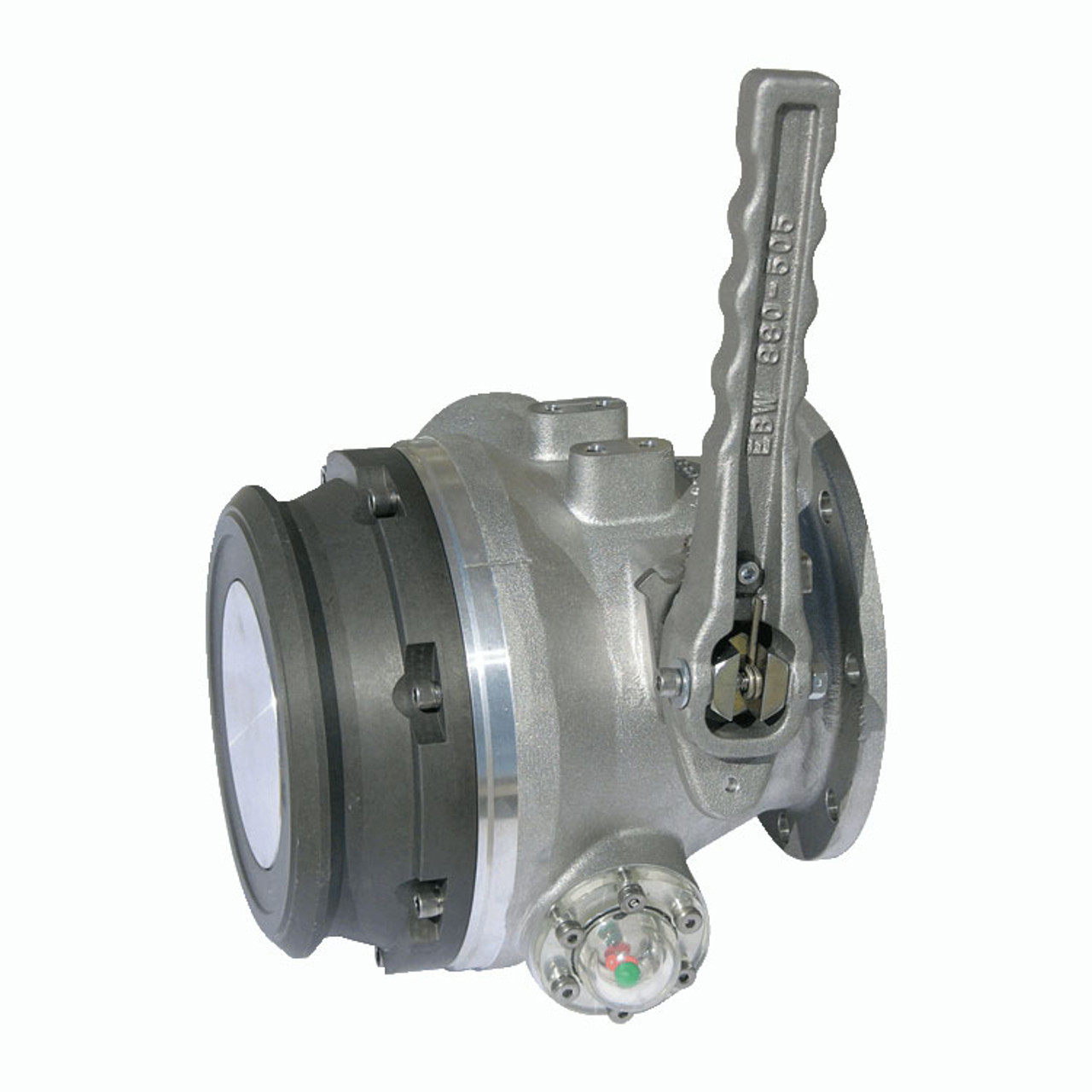
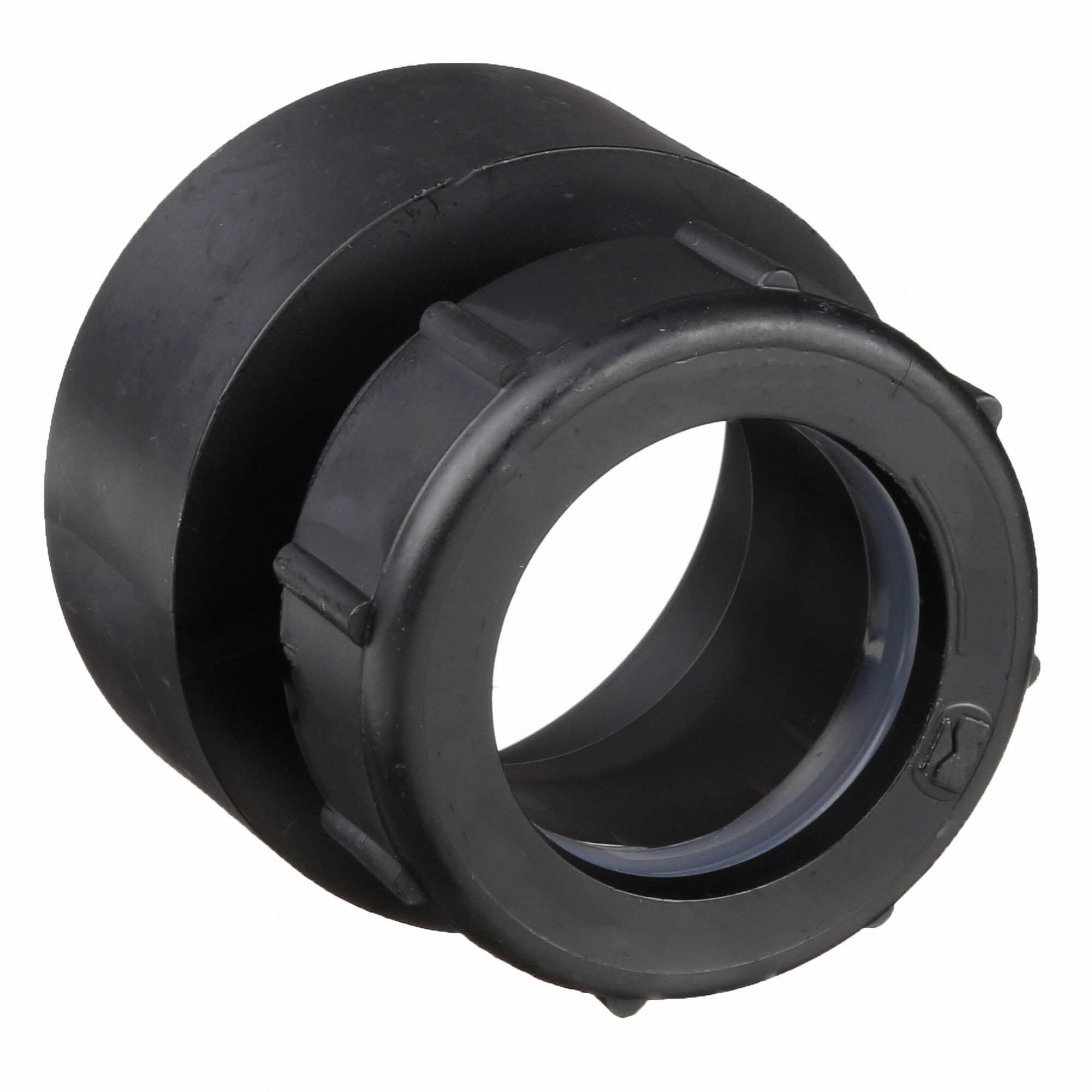
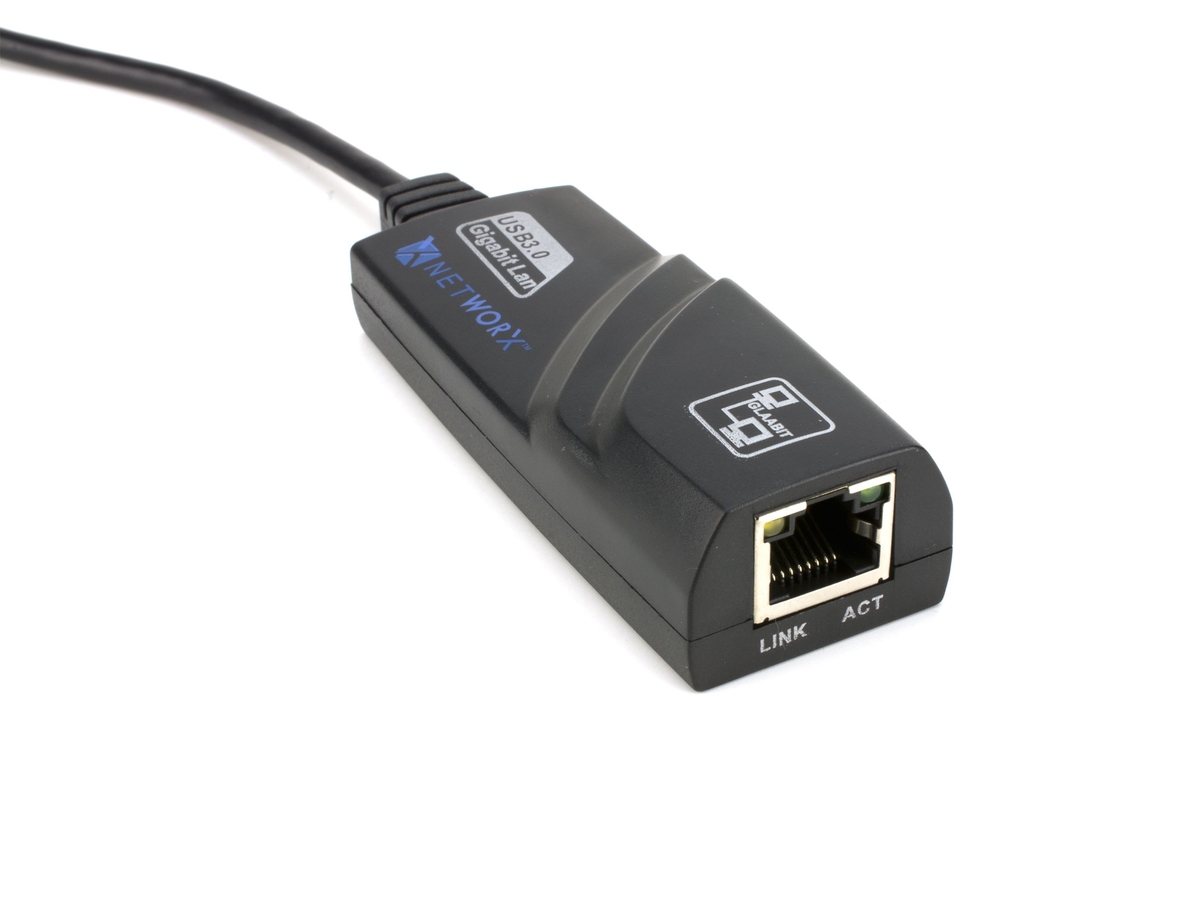
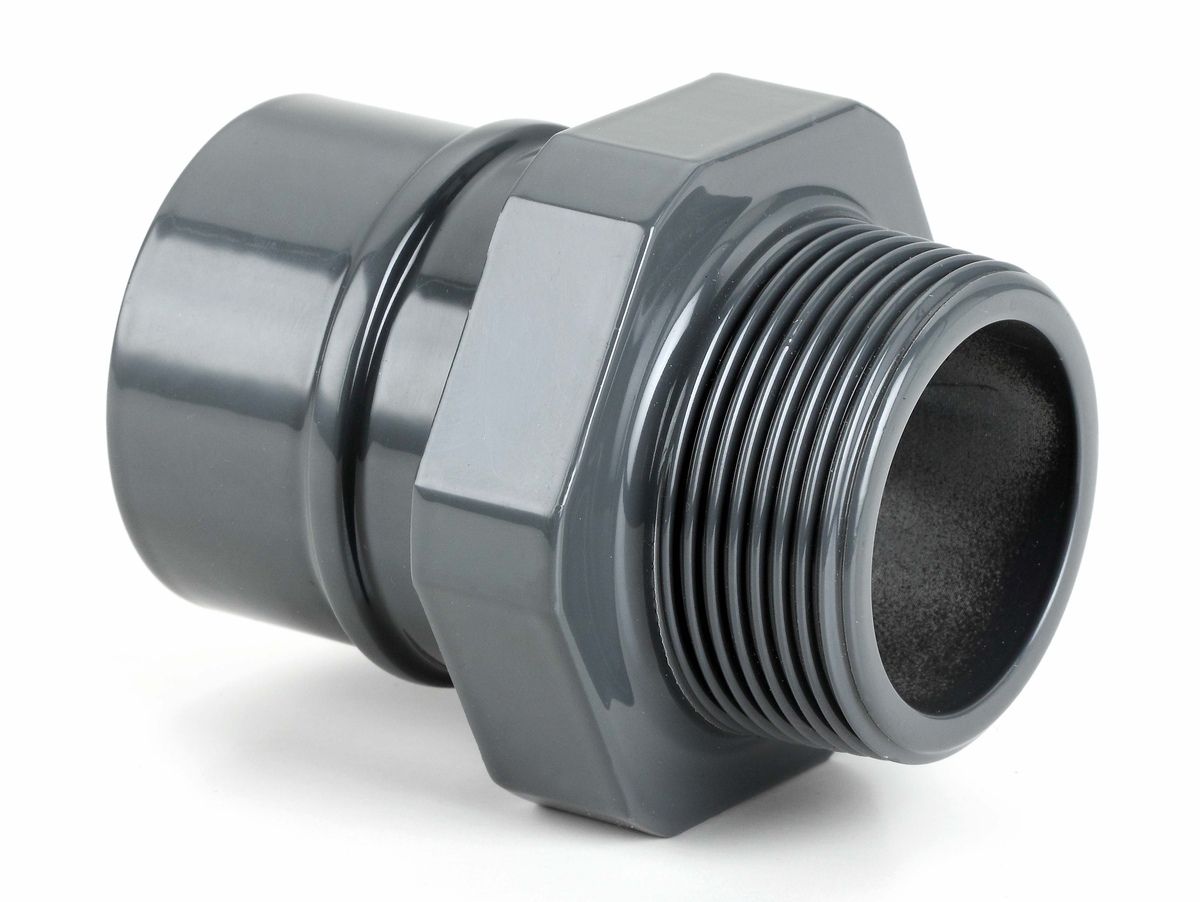
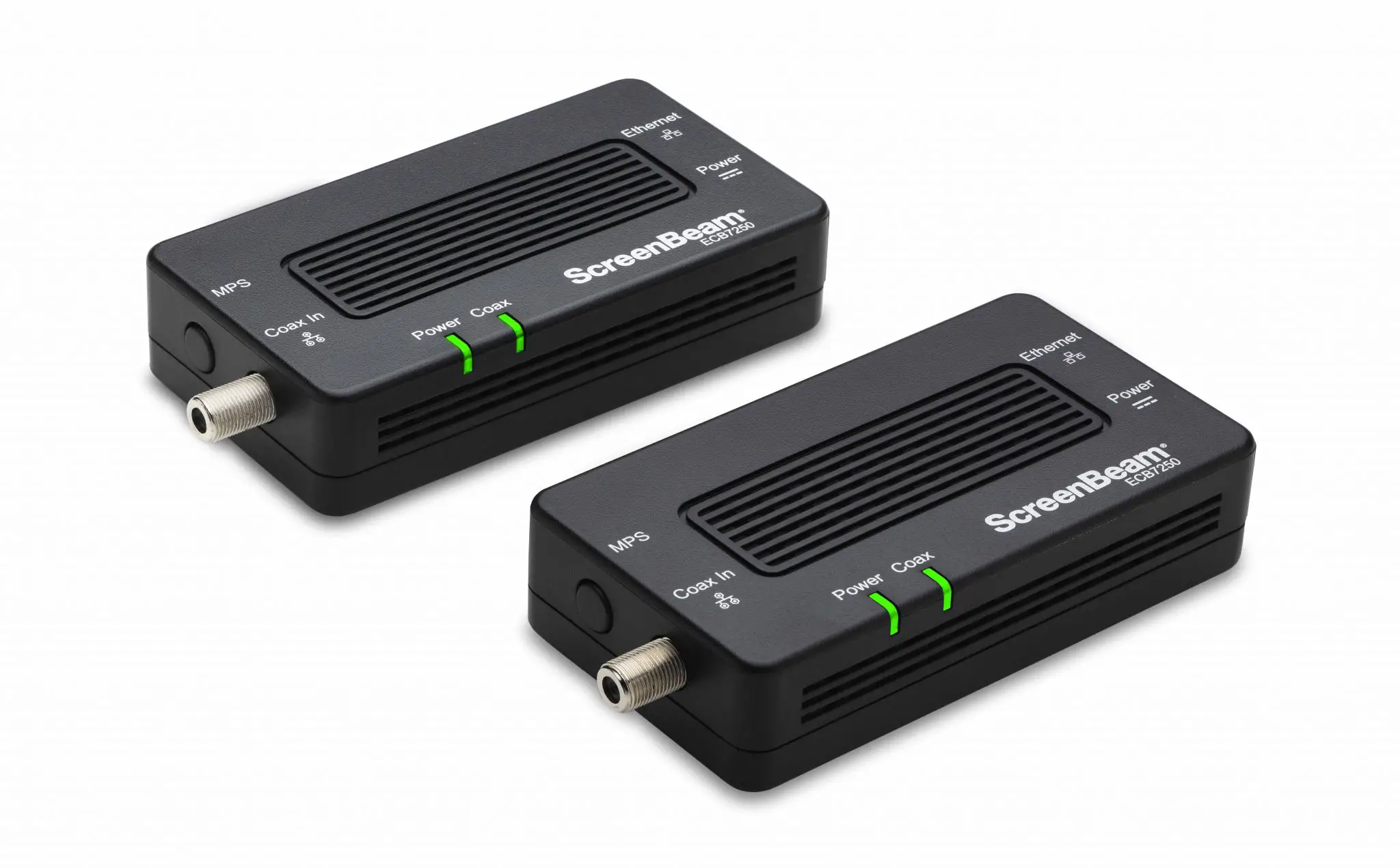
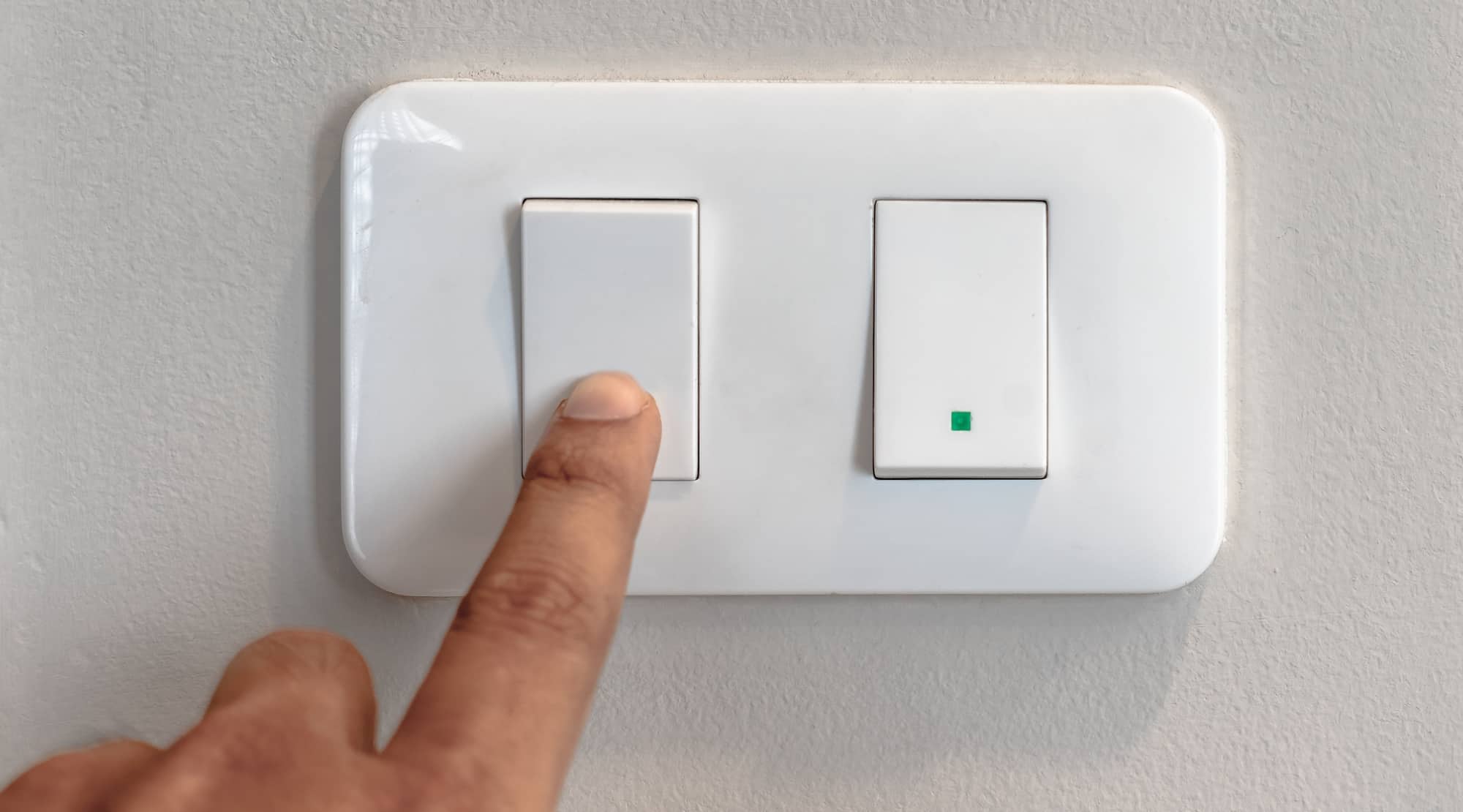
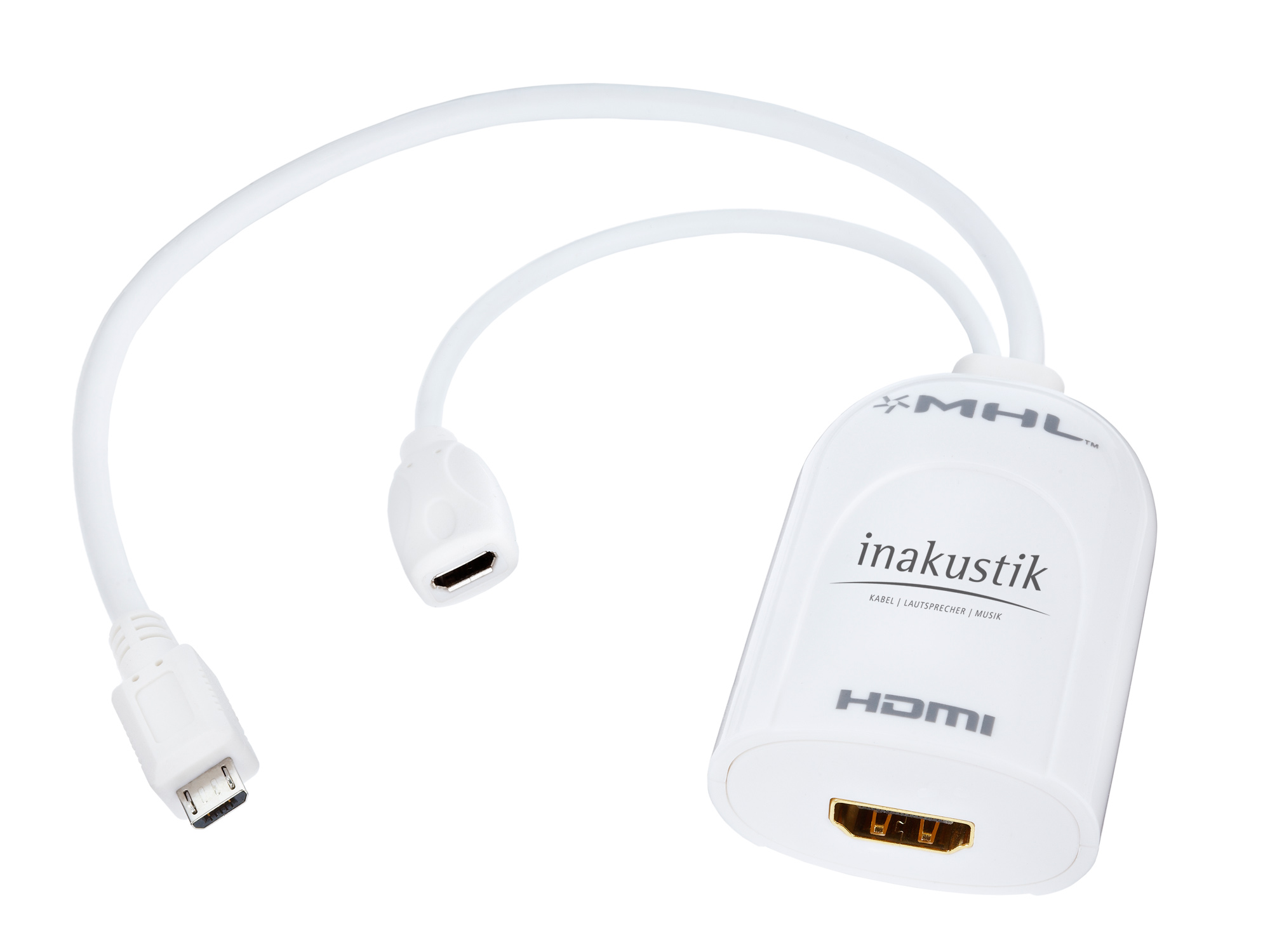
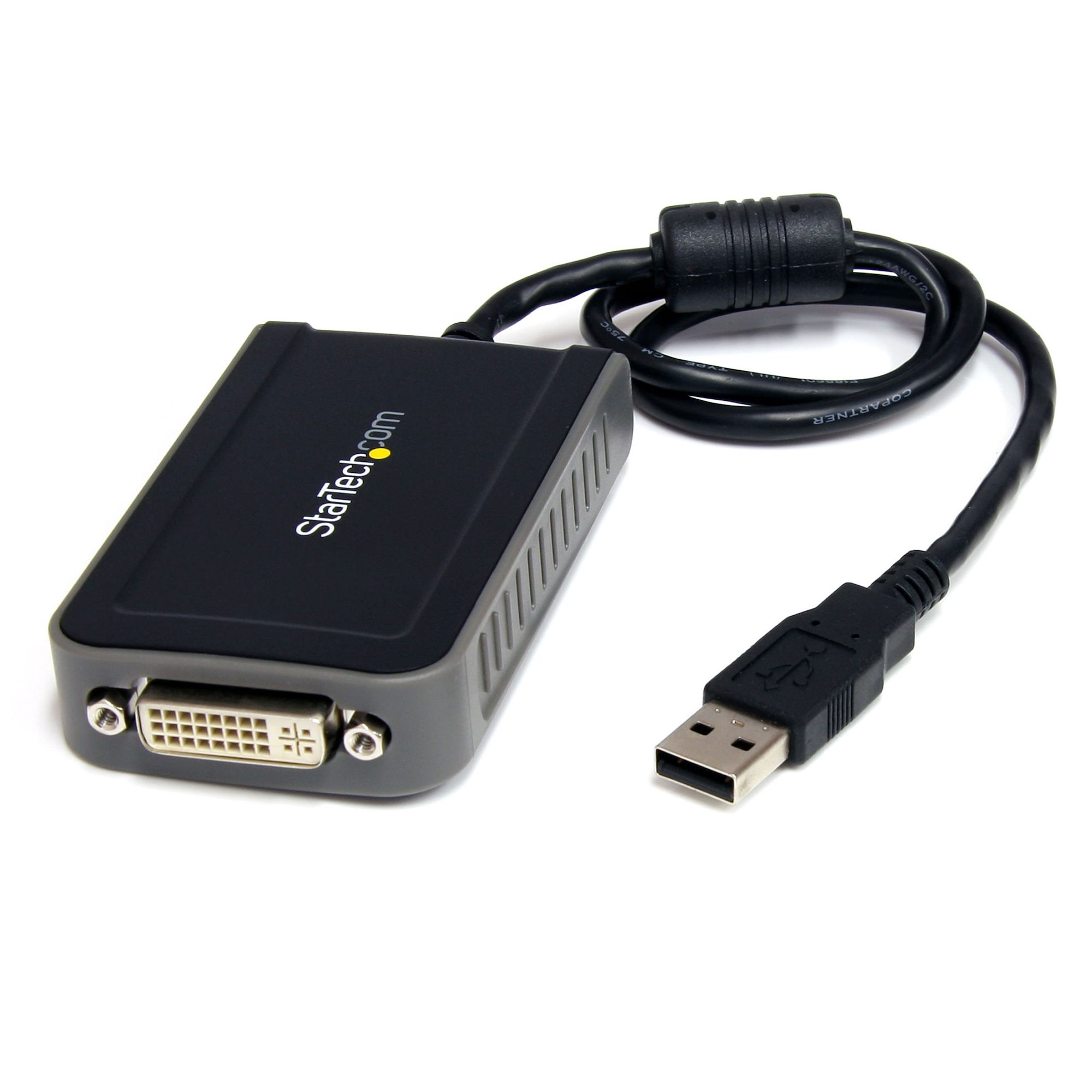
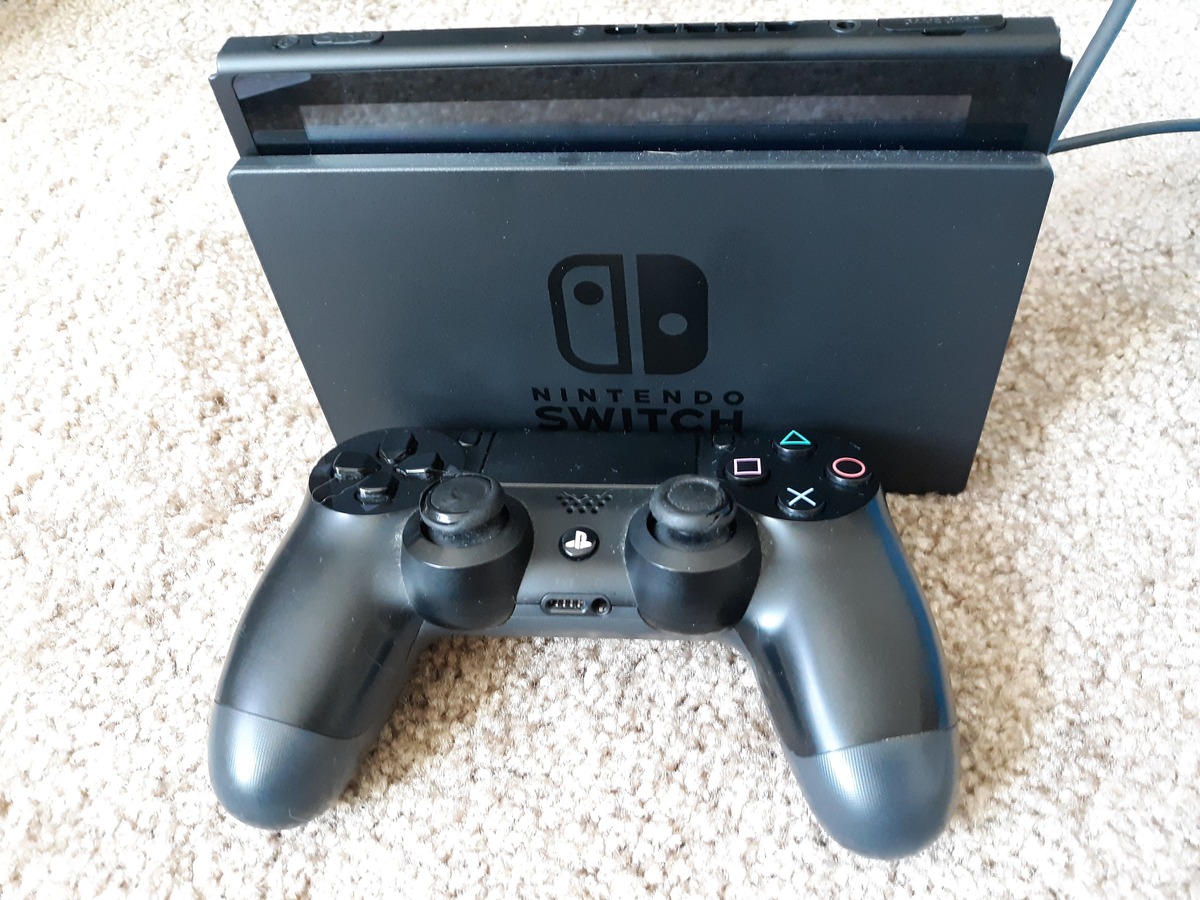

0 thoughts on “What Is A Switching Adapter”